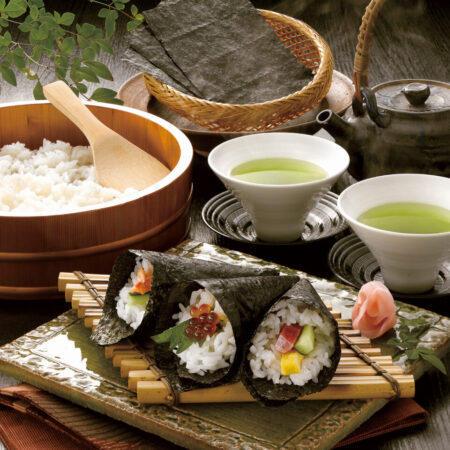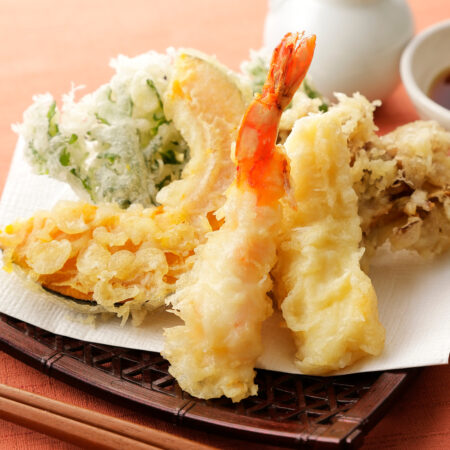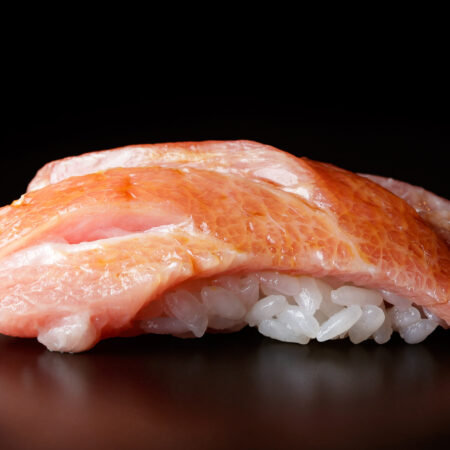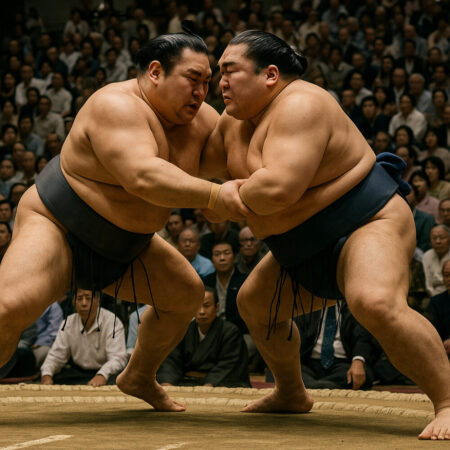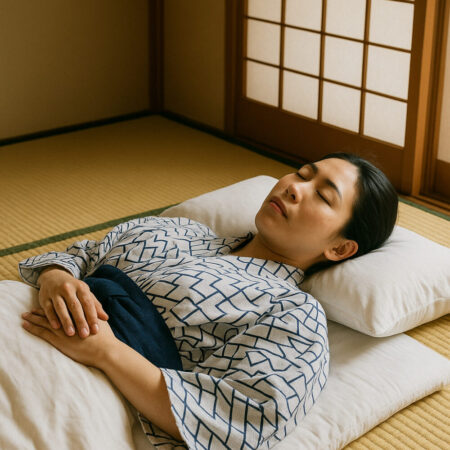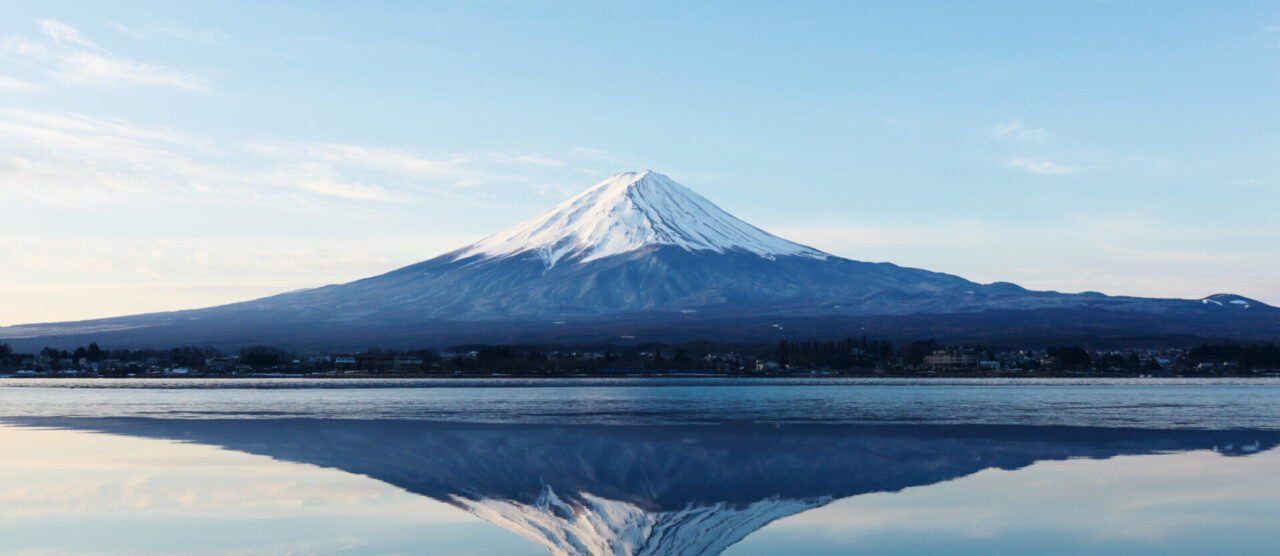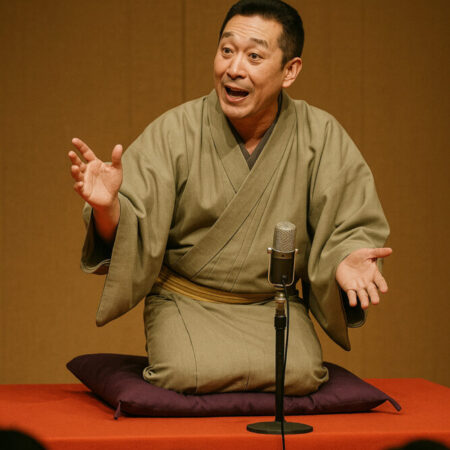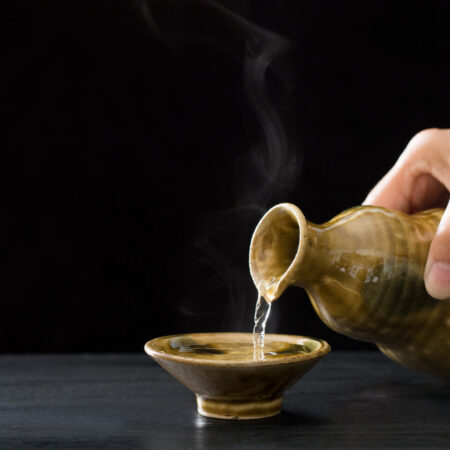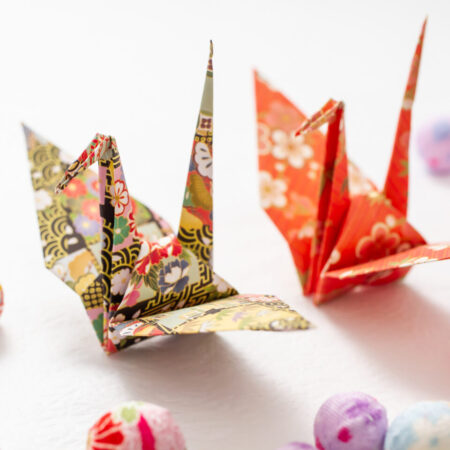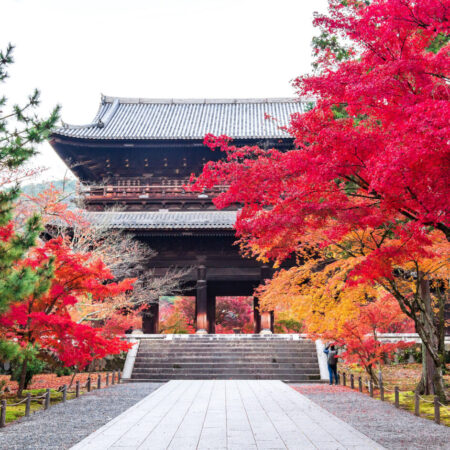1
Sumo is a traditional Japanese sport, richly ingrained with ancient customs and unique cultural practices. In this article, we delve into some surprising trivia and facts about sumo.
- Why Salt is Sprinkled on the Ring
The act of sprinkling salt on the sumo ring is believed to ward off evil spirits. Salt is considered to possess purifying properties, and by sprinkling it before matches, it’s hoped that the sumo wrestlers can compete safely. Wrestlers ranked ‘Juryo’ and above are allowed to perform this ritual. Astonishingly, over 650 kilograms of rock salt and coarse salt are sprinkled during a single tournament, which lasts 15 days.
2
- The Secret Behind the Hairstyle
The hairstyle of a sumo wrestler, known as ‘Oicho’, has a distinctive shape. It is said to be inspired by the hairstyles of ancient samurai. Moreover, cutting this hair signifies retirement. When a wrestler decides to retire, a “Danpatsu-shiki” ceremony is held, during which the ‘Oicho’ is cut off.
3
- Women are Prohibited from Entering the Sumo Ring
Not only are there no female sumo wrestlers in grand sumo, but women are also forbidden from stepping onto the sumo ring. This rule stems from ancient beliefs that the sumo ring is a sacred space and that the presence of women would defile it. In this era of gender equality, it will be interesting to see how this evolves in the future.
4
Have you ever witnessed cushions, known as ‘zabuton’, flying around the arena when an underdog defeats a grand champion? This practice dates back to the Meiji era. Back then, fans would throw items like ‘haori’ (a traditional Japanese jacket) and hats to their favorite wrestlers. This gesture, known as “nagebana”, was a way for fans to get blessings when the wrestler returned the item. However, when the Ryogoku Kokugikan (a sumo hall) was established and prize money became customary, this practice was banned. It later evolved into the act of throwing ‘zabuton’.






